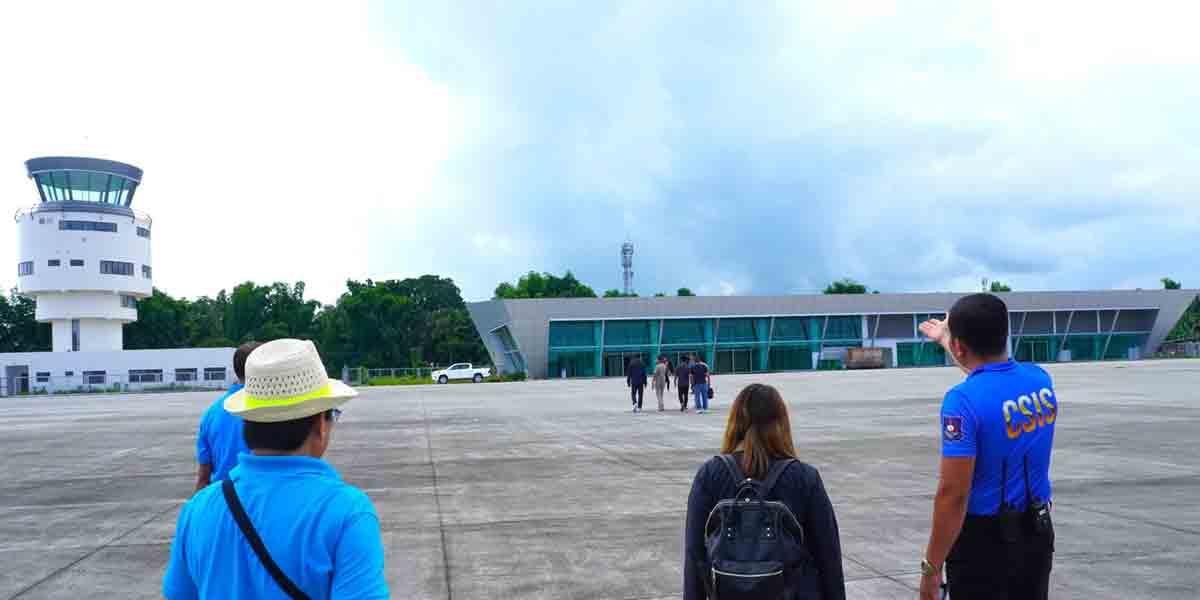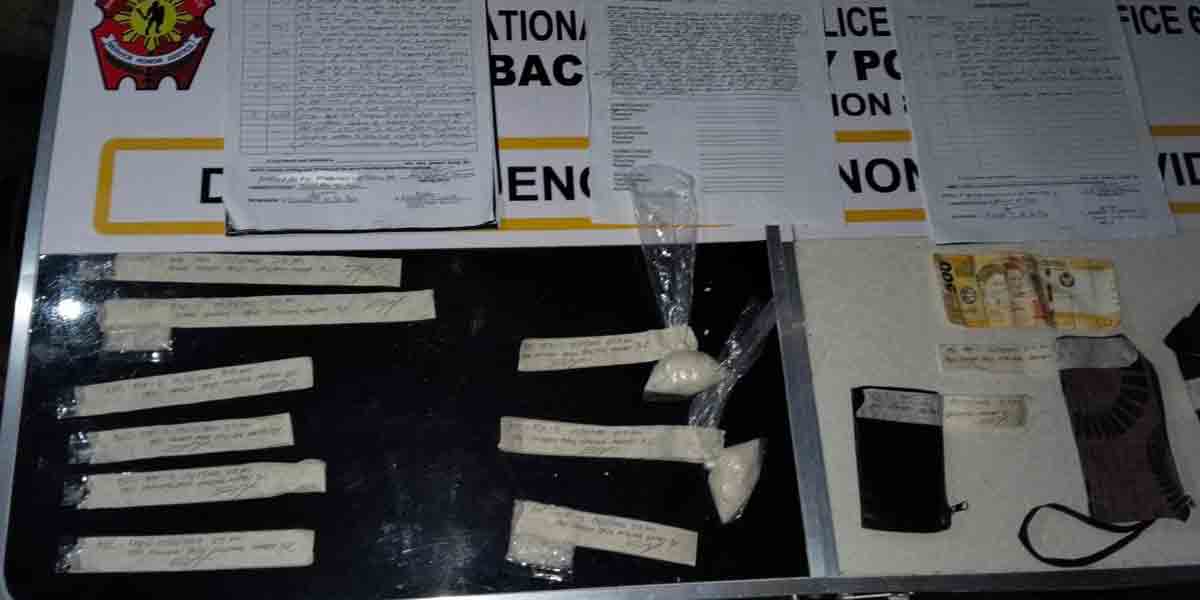Virgin Atlantic was recently the first airline to fly a plane using 100% sustainable aviation fuel (SAF) from London Heathrow to New York JFK.
IDTechEx’s report, “Sustainable Biofuels & E-Fuels Market 2025-2035: Technologies, Players, Forecasts”, explores how SAF can be produced in different ways, the key innovations taking place in the industry, as well as how regulators are pushing for SAF adoption and airlines are getting involved in the sector.
Producing SAF
Biofuels and e-fuels have been on the rise as many sectors worldwide aim to increase sustainability, with traditional aviation using fossil-based jet fuel contributing around 2.5% of global CO₂ emissions. Conventional aviation fuel (Jet A-1) can now be blended with or replaced by new sustainable fuel derived from biomass or electricity. The main advantage of these replacement fuels is repurposing waste products from other industries into useful products, with SAF reducing flight emissions from its production to end use, anywhere from 30% to 90% in best-case scenarios.
Waste oil feedstocks such as used cooking oils or animal fats are currently gaining rapid adoption. They are set to become one of the most widespread feedstocks for biofuels, whereby hydroprocessing is used to produce SAF. Various biomass feedstocks, including grass and wood, can also be used to produce fuel and undergo different processes, such as gasification, before being converted to jet fuel by the Fischer-Tropsch (FT) process. Sugars and starches can also be used by first making ethanol and converting it into jet fuel.
E-fuels are derived from water, CO₂, and clean electricity. The process starts out by producing green hydrogen through water electrolysis. CO₂ is captured from industrial emissions, biogenic sources, or air via direct air capture (DAC) technology. These two gases are then converted into synthesis gas (or syngas), before being turned unto jet fuel by the FT process. Another route is producing methanol from H2 and CO₂ and then convert it to jet fuel. While e-fuels are the most expensive, whilst also being a very inefficient route to using electricity, they are the most sustainable fuels, which is why they receive high interest, with EU and UK governments mandating their use in the long term.
Global outlook, regulations, and costs
While the aviation sector contributes only 2.5% of global CO₂ emissions, it is one of the most difficult transport sectors to decarbonize. Alternative technologies, like electric and hydrogen-powered planes, are not expected to play a major role in decarbonization in the medium term. IDTechEx expects significant uptake of these planes is expected by the late 2030s. More on hydrogen and electric aircraft can be found in IDTechEx’s report, “Sustainable Future Aviation 2025-2045: Trends, Technologies, Forecasts”. Considering this, SAF is expected to have a much greater impact in reducing emissions than employing hydrogen or electrifying aircrafts and can be a much quicker solution.
Worldwide regional targets for implementing SAF, including in the EU and the UK, are at the forefront of SAF policy implementation. Airlines in the UK will be required to use 10% SAF by 2030, rising to 22% by 2040, while the EU mandates 6% SAF use by 2030 and 34% by 2040.
Some countries like Sweden focus more on reducing aviation emissions in general, rather than mandating specific SAF usage, to allow airlines flexibility in meeting these targets. In the US, companies producing SAF were entitled to tax credits per gallon, which would have supported SAF producers under the 45Z Clean Fuel Production Credit. However, Donald Trump’s executive orders, signed on 20 January 2025, have put the future of these credits under high uncertainty. Government regulations and incentives are the biggest driver for the SAF market; changing them creates uncertainties about how SAF will develop in certain regions.
IDTechEx reports that major airlines, both passenger and cargo, are forming partnerships with SAF producers through supply agreements or direct investments in their production facilities. The list includes most of the big names in the aviation industry, such as IAG, United, Japan Airlines, and FedEx Express. In addition, SAF producers and technology providers are working closely together to develop new projects and scale up facilities, which will play a major role in reducing technical and financial barriers to SAF adoption.
With the costs of bio-SAF being around 2 to 5 times more expensive than conventional jet fuel, widespread adoption may prove difficult. Synthetic e-SAF has even higher costs of up to 6 to 10 times more expensive, which means that producers will have to have significant government support and strong industry partners to get projects up and running. Investments into production and infrastructure will be crucial to secure future demand and make the uptake of SAF feasible. Individual airlines have already begun buying SAF and making investments to meet their targets, demonstrating ongoing initiatives within the sector.






















